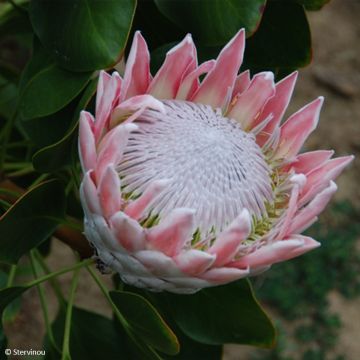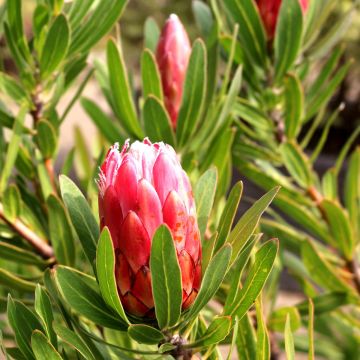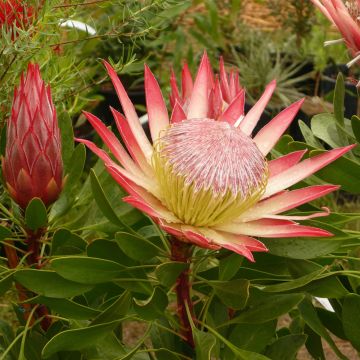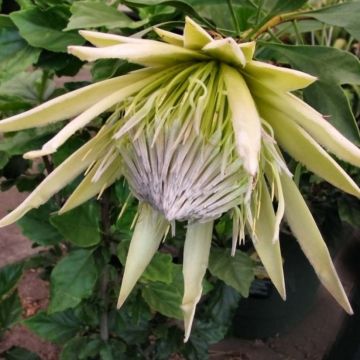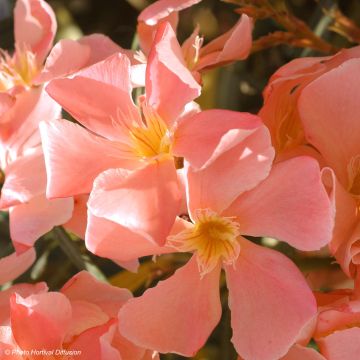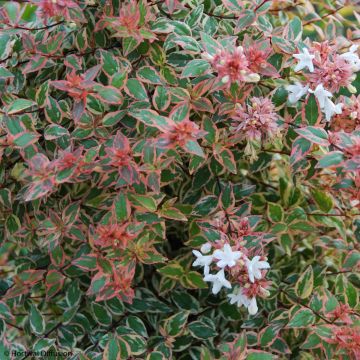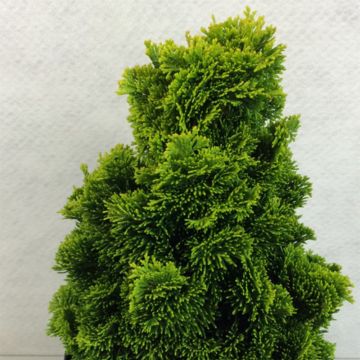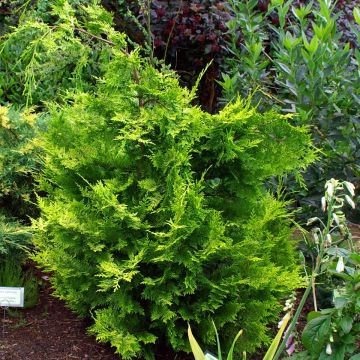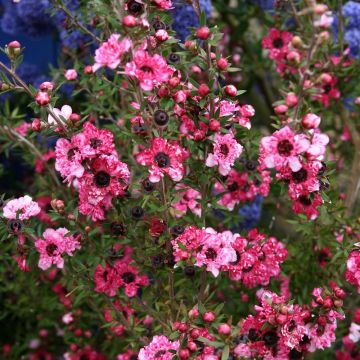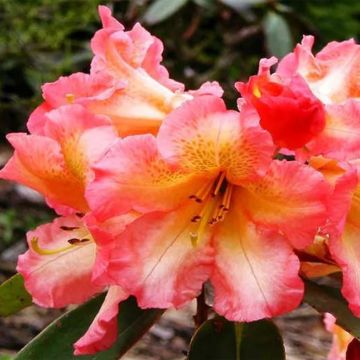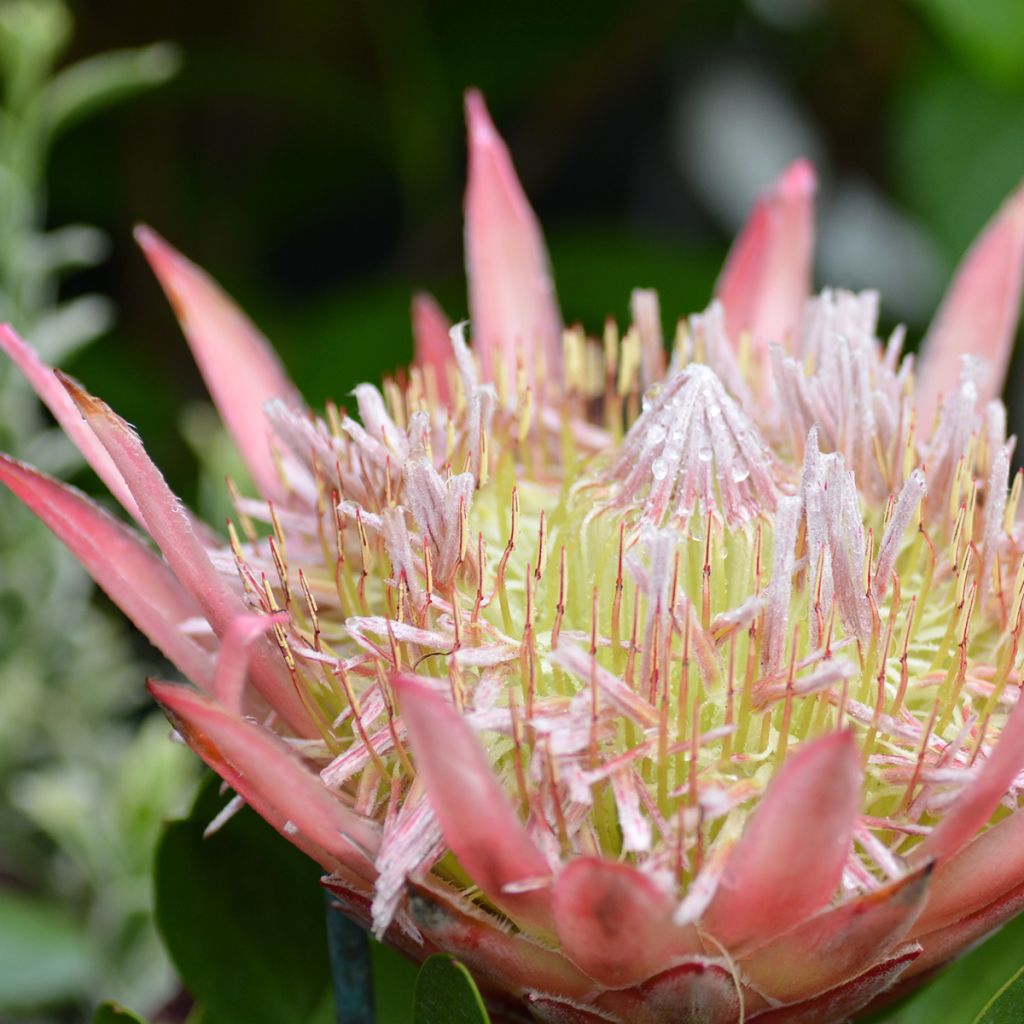

Protea Little Prince - Protée royale
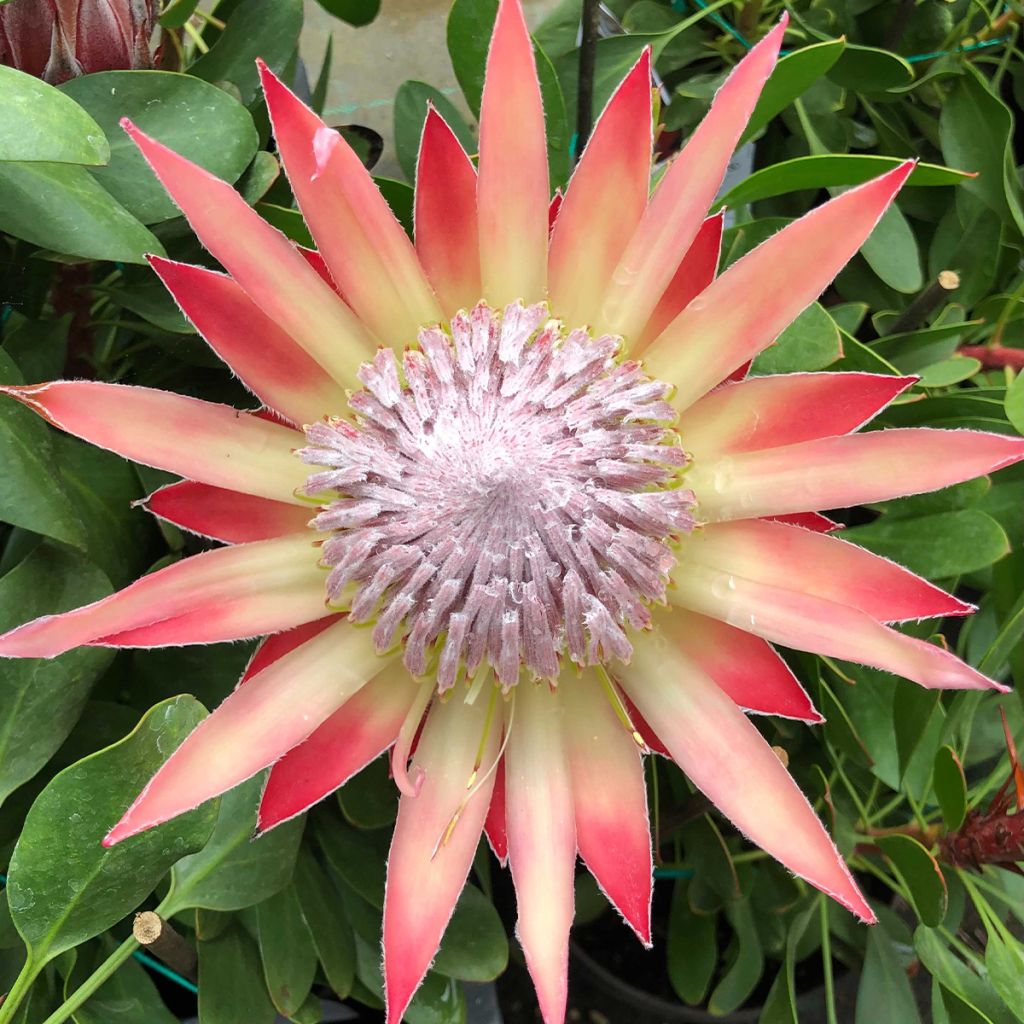

Protea Little Prince - Protée royale
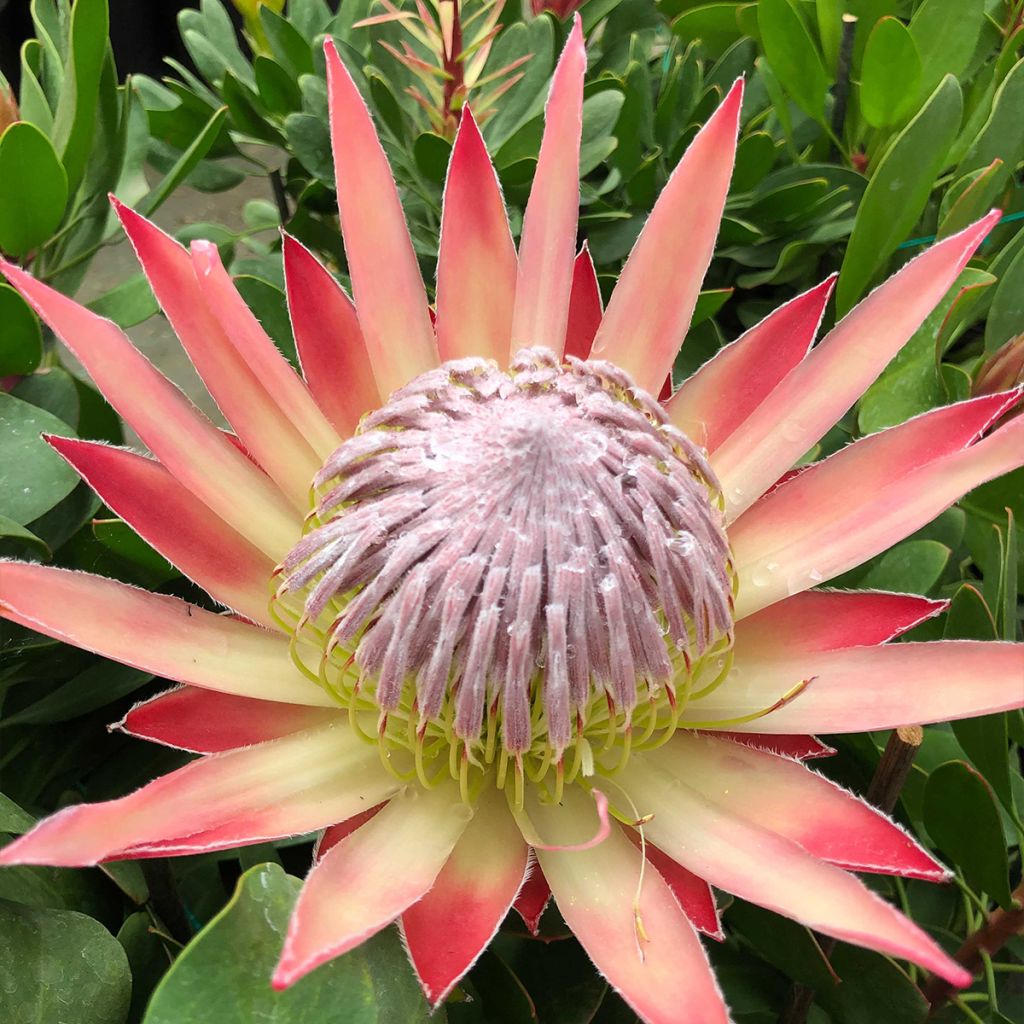

Protea Little Prince - Protée royale
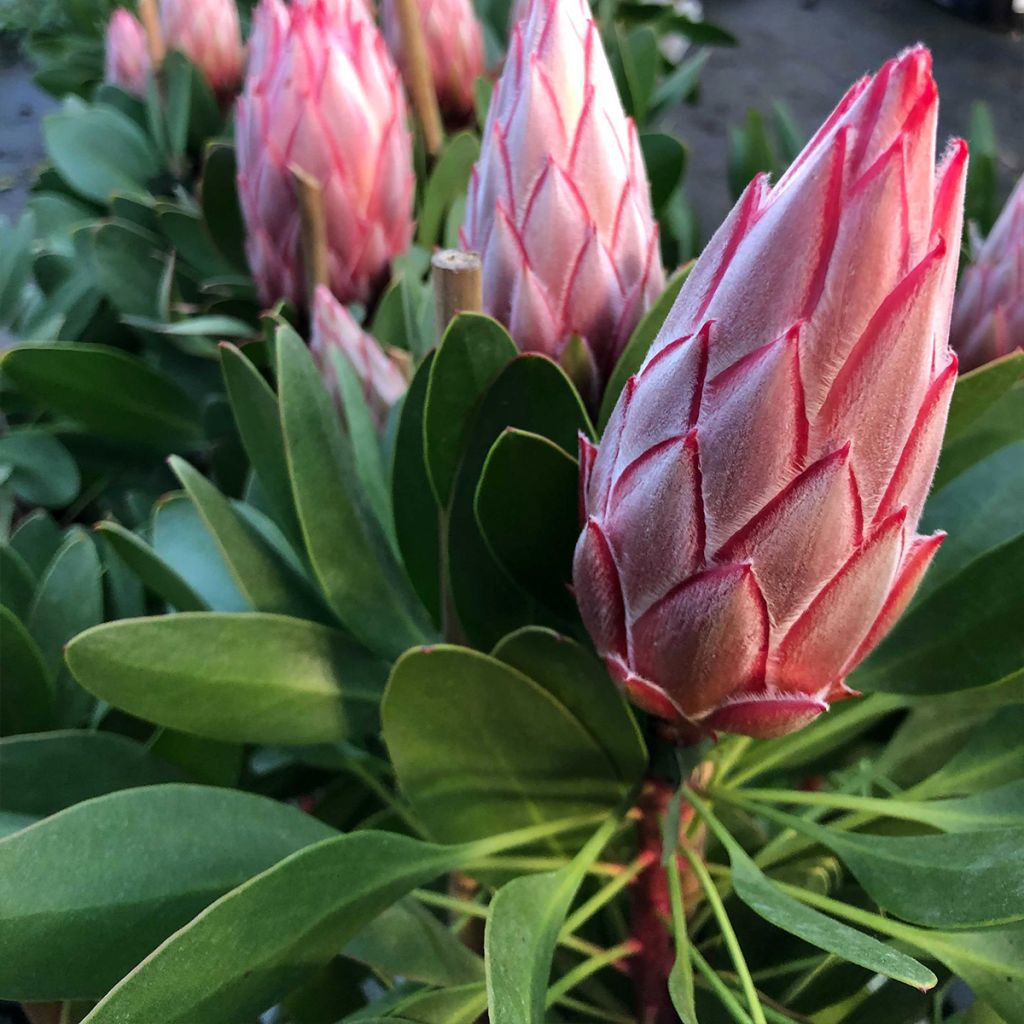

Protea Little Prince - Protée royale
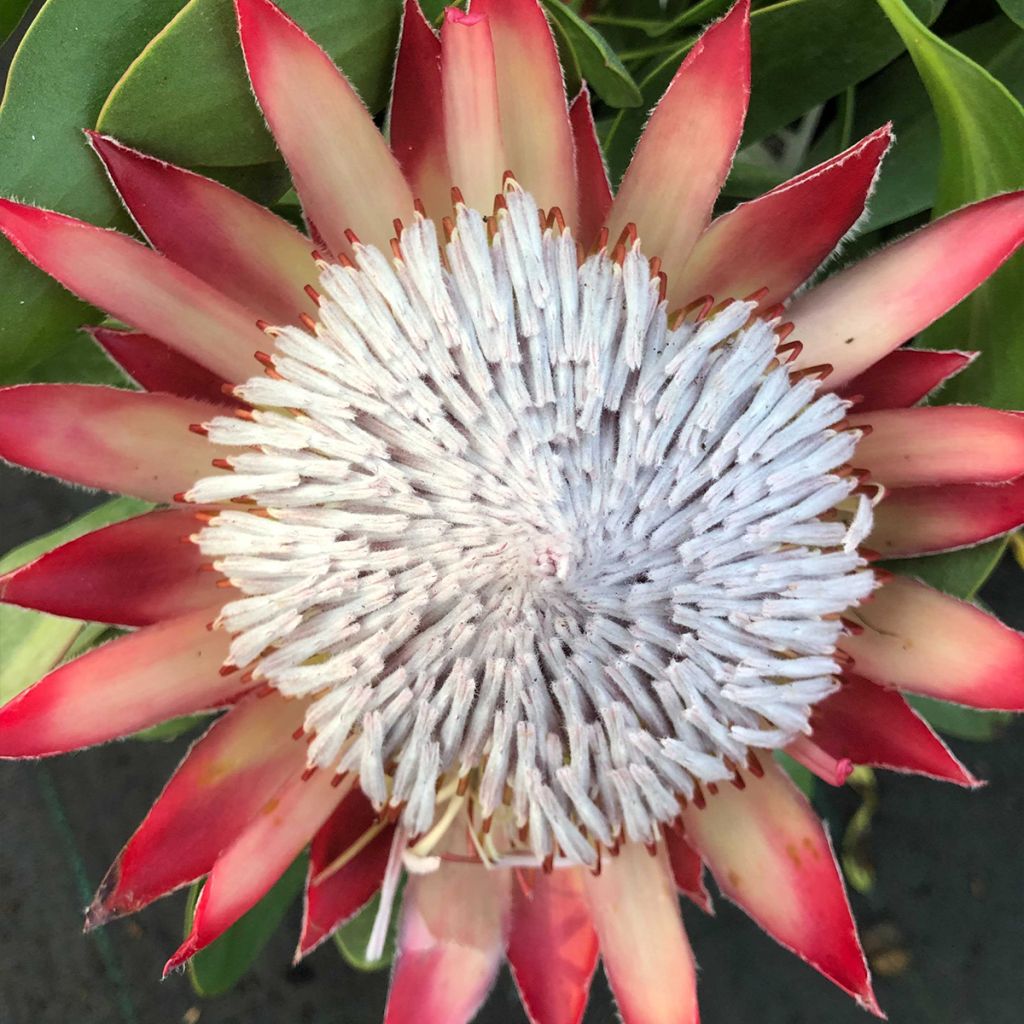

Protea Little Prince - Protée royale


Protea Little Prince - Protée royale
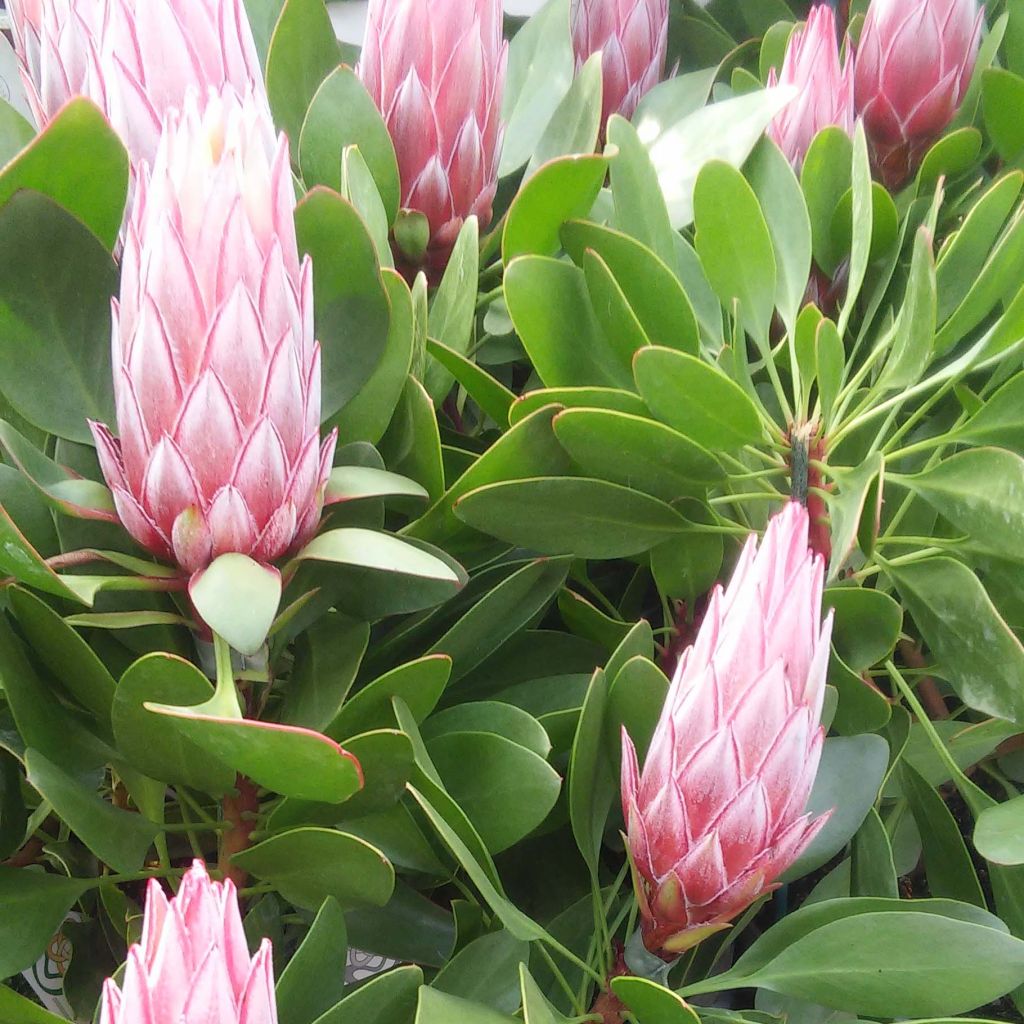

Protea Little Prince - Protée royale


Protea Little Prince - Protée royale
View more pictures
Hide images
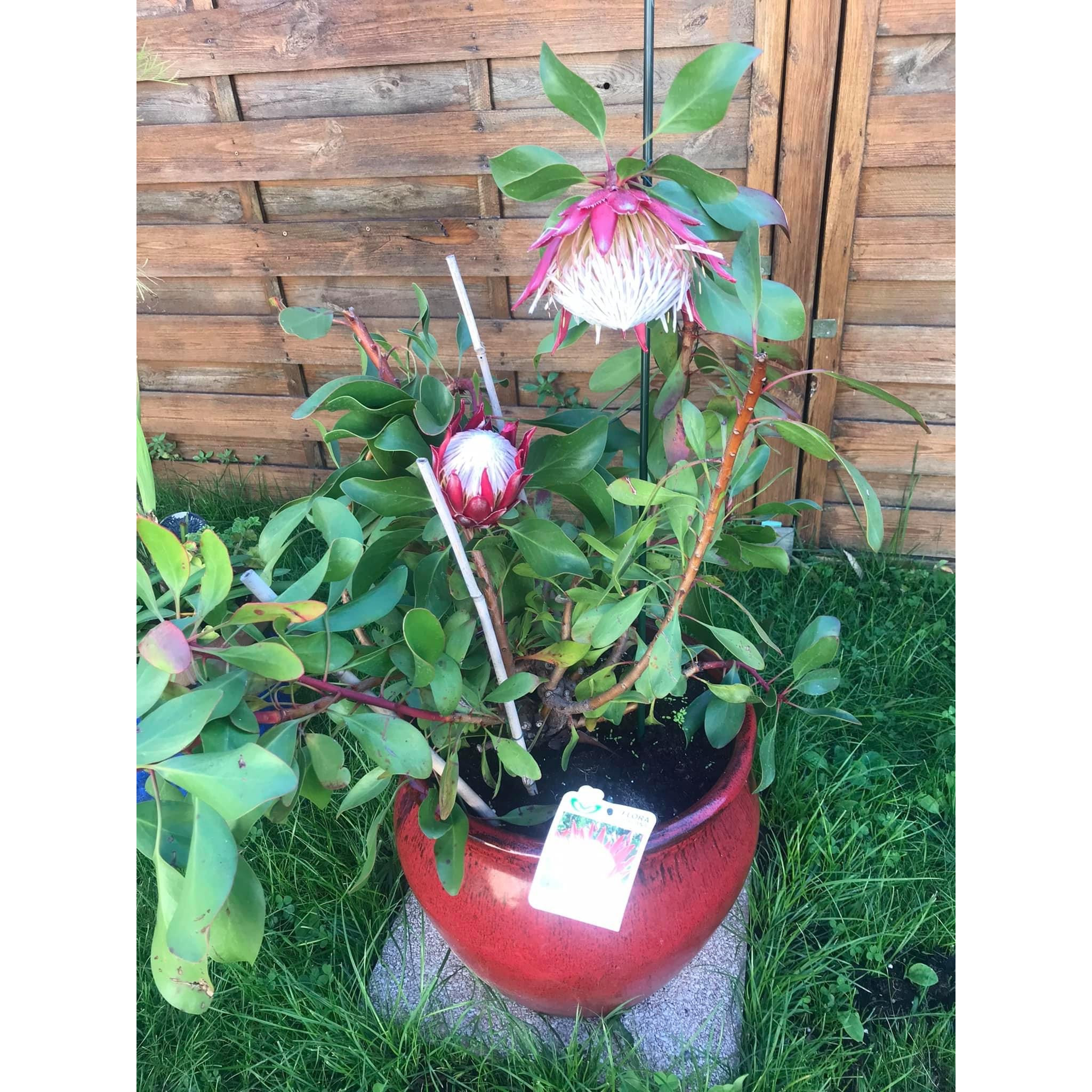
Chantal F.

Chantal F. • 95 FR

Chantal F.

Chantal F. • 95 FR
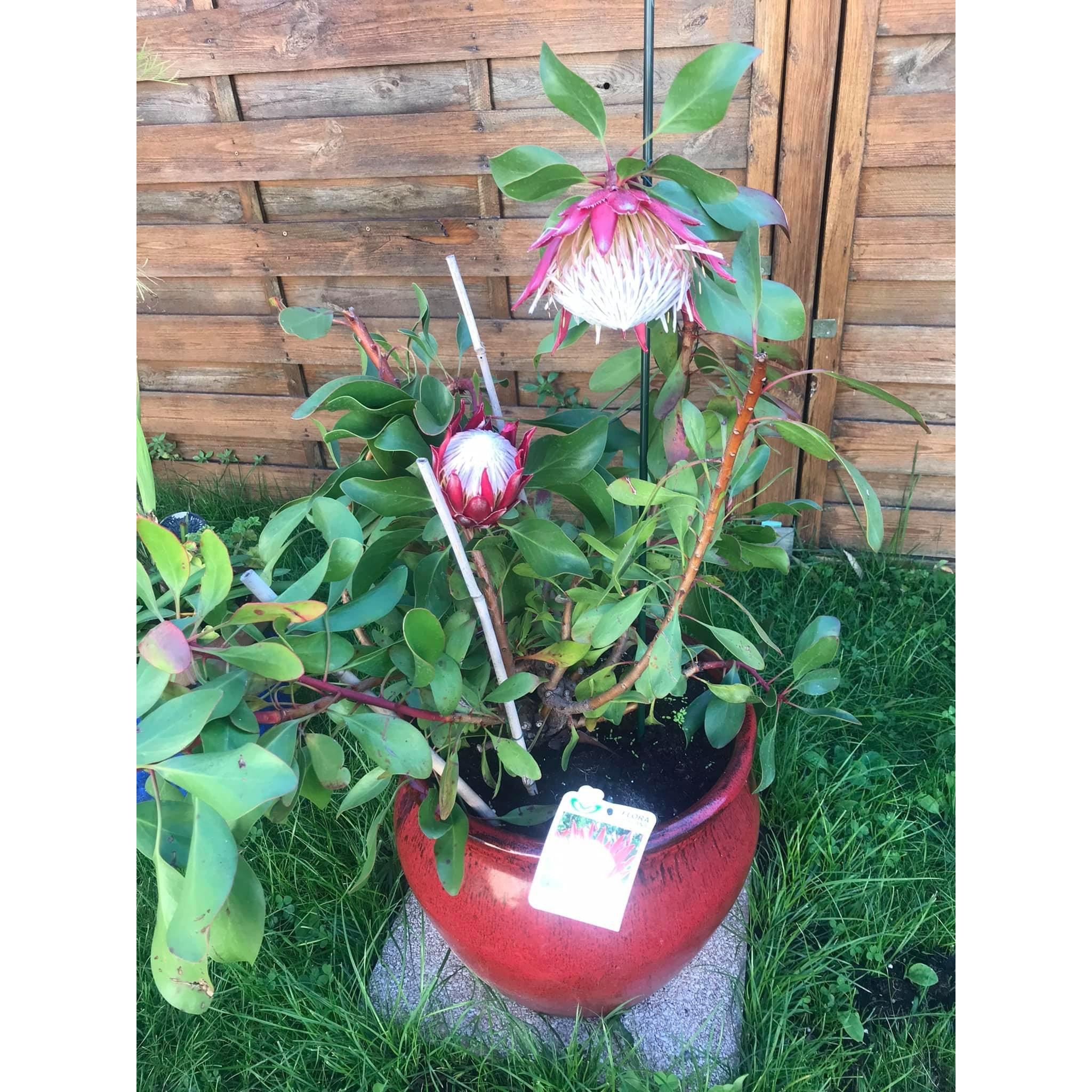
Chantal F.

Chantal F. • 95 FR
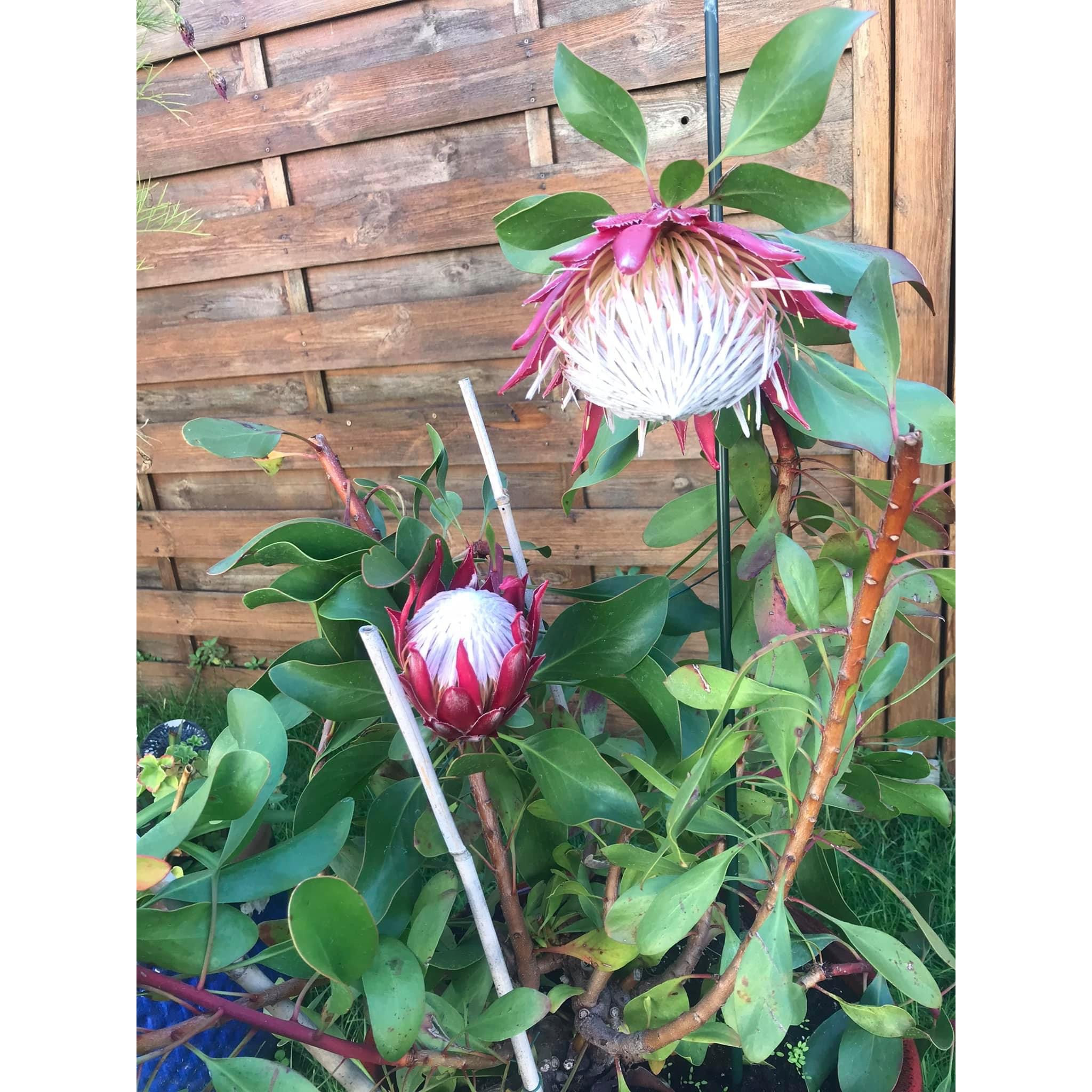
Chantal F.

Chantal F. • 95 FR
Protea cynaroides Little Prince
Protea cynaroides Little Prince
King Protea, Cape Artichoke Flower
The young plant arrived with a few dry leaves and no bud, even though it's the budding season. I'm afraid it won't flower...
Yvon, 31/03/2022
Special offer!
Receive a €20 voucher for any order over €90 (excluding delivery costs, credit notes, and plastic-free options)!
1- Add your favorite plants to your cart.
2- Once you have reached €90, confirm your order (you can even choose the delivery date!).
3- As soon as your order is shipped, you will receive an email containing your voucher code, valid for 3 months (90 days).
Your voucher is unique and can only be used once, for any order with a minimum value of €20, excluding delivery costs.
Can be combined with other current offers, non-divisible and non-refundable.
Why not try an alternative variety in stock?
View all →This plant carries a 24 months recovery warranty
More information
We guarantee the quality of our plants for a full growing cycle, and will replace at our expense any plant that fails to recover under normal climatic and planting conditions.

Would this plant suit my garden?
Set up your Plantfit profile →
Description
Protea 'Little Prince' is a beautiful variety of King Protea with compact growth: it rarely exceeds 1 m (3ft) in height at maturity. Of great ornamental value, the cultivation of this variety, like all proteas, nevertheless requires a certain know-how. This truly fascinating bush will be the pride of amateur gardeners looking for challenges. The floral heads measure 15 to 25 cm (6 to 10in) in diameter; with their flared cup shape, they evoke large fully bloomed artichokes, formed by tightly packed red-pink bracts on a heart of white stamens. The flowering, which takes place from September to May depending on the climate, is very long-lasting in dried flower arrangements. Hardy to -5°C, this small variety is very well suited for cultivation in pots outside the mildest areas of our country. This not only allows control of the composition of the growing medium, but also allows the plant to be stored as soon as the first frosts occur.
Protea cynaroides is a botanic species widely distributed in South Africa, variable in terms of colour and shape, adapting to many alpine environments. This perennial shrub plant of the Proteaceae family is native to the Cape region in South Africa. Strange in every respect, proteas often need fire to germinate their seeds.
'Little Prince' develops multiple thick stems, branching from the base and suckering. It will reach an average height of 1 m (3ft) with a little less spread, spreading slowly over time. It bears long red petioles with alternate, elongated and pointed, leathery leaves that have the ability to absorb atmospheric moisture. The flowering takes place from April to October, even in winter. Its alternate and elongated leaves have the ability to absorb atmospheric moisture. The flowering takes place from September to May, or longer depending on the climate. The inflorescences are large heads, carried at the terminal part of each branch. They measure 15 to 25 cm (6 to 10in) in diameter. Mature and well-established plants are capable of producing up to ten heads per season. The flower buds resemble magnificent artichokes. The head opens, with tightly packed red-pink bracts that open onto a velvety white cone, as if powdered. The flowering attracts many pollinating insects and gives way to some seeds almost as large as walnuts, velvety. The thick roots of this plant also serve as a reserve organ. In case of fire, the protea is capable of regenerating from its roots, nourished by its own ashes.
The 'Little Prince' protea is a sensational plant that leaves no one indifferent. It will prefer to settle in coastal gardens spared by heavy frosts, in light, poor, not too chalky soil. Particularly suited to the Mediterranean climate, it thrives in poor, dry to arid soils. This compact variety will be magnificent planted in a dry rockery and of course in a pot on a patio, but always in an open position, in full sun. In an exotic garden, it can be associated with Viper's Bugloss, Puya, Euphorbia characias, Euphorbia mellifera, Giant Fennel, Leucadendron, Melianthus major, palm trees (Trachicarpus fortunei, Sabal minor) or hybrid mulleins.
Report an error about the product description
Protea cynaroides Little Prince in pictures
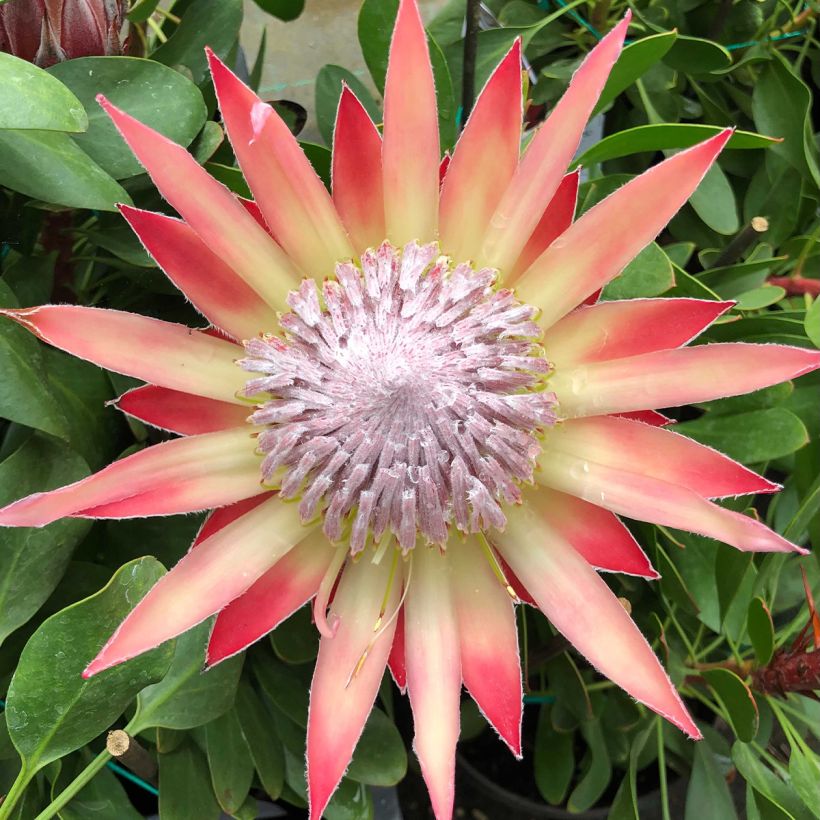



Plant habit
Flowering
Foliage
Botanical data
Protea
cynaroides
Little Prince
Proteaceae
King Protea, Cape Artichoke Flower
Cultivar or hybrid
Other Protea
View all →Planting and care
Plant the 'Little Prince' Protea preferably in spring, or in autumn in mild climates, in a very sunny location sheltered from winds. This plant requires a light, well-drained, poor, mineral soil with a tendency towards acidity. A mixture of leaf compost, a little ericaceous soil and coarse river sand would be appropriate. Proteas are sensitive to excess phosphates and nitrates, so it is important to avoid over-feeding. While adult plants can tolerate occasional frosts of around -6°C (21.2°F) in dry soil, young proteas should be protected from frost during their first few years, either in a frost-free area in cool climates or undercover in winter in regions with mild winters. This plant blooms after about 4 to 5 years of cultivation from sowing. For indoor cultivation, it is important to ensure good ventilation in the room and to avoid watering with hard water.
Planting period
Intended location
Care
-
, onOrder confirmed
Reply from on Promesse de fleurs
Similar products
Haven't found what you were looking for?
Hardiness is the lowest winter temperature a plant can endure without suffering serious damage or even dying. However, hardiness is affected by location (a sheltered area, such as a patio), protection (winter cover) and soil type (hardiness is improved by well-drained soil).

Photo Sharing Terms & Conditions
In order to encourage gardeners to interact and share their experiences, Promesse de fleurs offers various media enabling content to be uploaded onto its Site - in particular via the ‘Photo sharing’ module.
The User agrees to refrain from:
- Posting any content that is illegal, prejudicial, insulting, racist, inciteful to hatred, revisionist, contrary to public decency, that infringes on privacy or on the privacy rights of third parties, in particular the publicity rights of persons and goods, intellectual property rights, or the right to privacy.
- Submitting content on behalf of a third party;
- Impersonate the identity of a third party and/or publish any personal information about a third party;
In general, the User undertakes to refrain from any unethical behaviour.
All Content (in particular text, comments, files, images, photos, videos, creative works, etc.), which may be subject to property or intellectual property rights, image or other private rights, shall remain the property of the User, subject to the limited rights granted by the terms of the licence granted by Promesse de fleurs as stated below. Users are at liberty to publish or not to publish such Content on the Site, notably via the ‘Photo Sharing’ facility, and accept that this Content shall be made public and freely accessible, notably on the Internet.
Users further acknowledge, undertake to have ,and guarantee that they hold all necessary rights and permissions to publish such material on the Site, in particular with regard to the legislation in force pertaining to any privacy, property, intellectual property, image, or contractual rights, or rights of any other nature. By publishing such Content on the Site, Users acknowledge accepting full liability as publishers of the Content within the meaning of the law, and grant Promesse de fleurs, free of charge, an inclusive, worldwide licence for the said Content for the entire duration of its publication, including all reproduction, representation, up/downloading, displaying, performing, transmission, and storage rights.
Users also grant permission for their name to be linked to the Content and accept that this link may not always be made available.
By engaging in posting material, Users consent to their Content becoming automatically accessible on the Internet, in particular on other sites and/or blogs and/or web pages of the Promesse de fleurs site, including in particular social pages and the Promesse de fleurs catalogue.
Users may secure the removal of entrusted content free of charge by issuing a simple request via our contact form.
The flowering period indicated on our website applies to countries and regions located in USDA zone 8 (France, the United Kingdom, Ireland, the Netherlands, etc.)
It will vary according to where you live:
- In zones 9 to 10 (Italy, Spain, Greece, etc.), flowering will occur about 2 to 4 weeks earlier.
- In zones 6 to 7 (Germany, Poland, Slovenia, and lower mountainous regions), flowering will be delayed by 2 to 3 weeks.
- In zone 5 (Central Europe, Scandinavia), blooming will be delayed by 3 to 5 weeks.
In temperate climates, pruning of spring-flowering shrubs (forsythia, spireas, etc.) should be done just after flowering.
Pruning of summer-flowering shrubs (Indian Lilac, Perovskia, etc.) can be done in winter or spring.
In cold regions as well as with frost-sensitive plants, avoid pruning too early when severe frosts may still occur.
The planting period indicated on our website applies to countries and regions located in USDA zone 8 (France, United Kingdom, Ireland, Netherlands).
It will vary according to where you live:
- In Mediterranean zones (Marseille, Madrid, Milan, etc.), autumn and winter are the best planting periods.
- In continental zones (Strasbourg, Munich, Vienna, etc.), delay planting by 2 to 3 weeks in spring and bring it forward by 2 to 4 weeks in autumn.
- In mountainous regions (the Alps, Pyrenees, Carpathians, etc.), it is best to plant in late spring (May-June) or late summer (August-September).
The harvesting period indicated on our website applies to countries and regions in USDA zone 8 (France, England, Ireland, the Netherlands).
In colder areas (Scandinavia, Poland, Austria...) fruit and vegetable harvests are likely to be delayed by 3-4 weeks.
In warmer areas (Italy, Spain, Greece, etc.), harvesting will probably take place earlier, depending on weather conditions.
The sowing periods indicated on our website apply to countries and regions within USDA Zone 8 (France, UK, Ireland, Netherlands).
In colder areas (Scandinavia, Poland, Austria...), delay any outdoor sowing by 3-4 weeks, or sow under glass.
In warmer climes (Italy, Spain, Greece, etc.), bring outdoor sowing forward by a few weeks.






























